Celebrate World Tutu Day with PBT
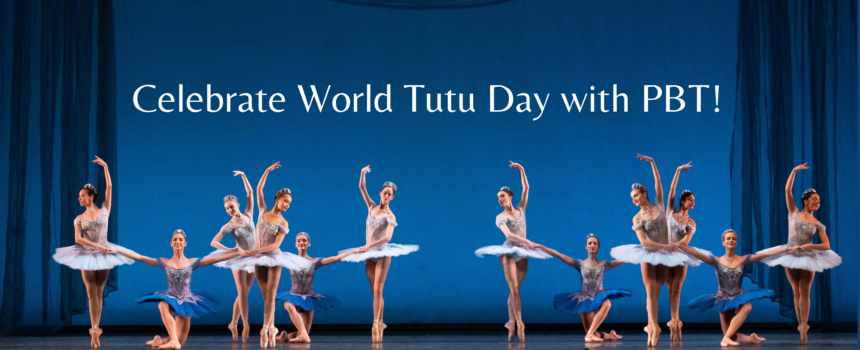
When you picture a Ballerina in your head, is she wearing a tutu?
The tutu has become a classic staple in Ballet costuming. Each ballet has its own style, resulting in an array of tutu looks. Join us as we look back on some of the stunning tutus our resident costumers have designed.
You may be familiar with the tutu look, but did you know there are multiple types of tutu?
Tutus can be grouped into two categories: Romantic and Classical.
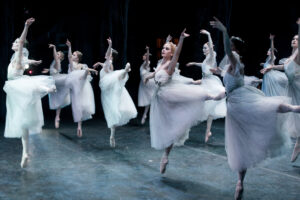
Romantic Tutu
The romantic was the original tutu, making its first appearance in 1832 at the Paris Opera. Worn by Marie Taglioni in La Sylphide, the length of the skirt showcased her on-pointe footwork and the delicate fabric accentuated her elegant movement.
These tutus have 3-5 long gathered layers of tulle, coming down to anywhere between the knee and the ribbon line (ankle). Sometimes shorter romantic tutus are called Degas tutus, referring to Degas’ many paintings of ballerinas and “Little Dancer Aged Fourteen” sculpture in the late 1800s.
Classical Tutu
The classical tutu is likely what first comes to mind when picturing a ballerina. Becoming popular in the late 1800s, classical tutus are shorter and stiffer than romantic tutus. With layers of pleated tulle and some net for rigidity, the shape of the classical tutu is ideal to show off the elegant leg movements of a ballet dancer.
There are four styles of the Classical Tutu: the Pancake, the Platter, the Bell, and the Powder Puff/American/Balanchine.
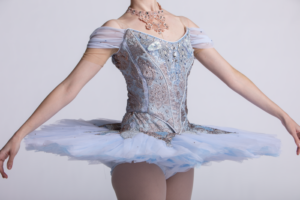
Pancake Tutu– The pancake style is quite stiff and sits at hip level, often with a steel hoop woven through the tulle to help maintain shape.
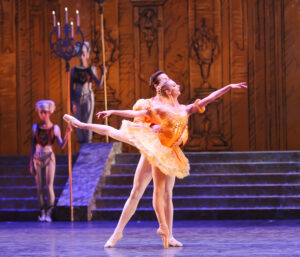
Platter Tutu– The platter is similar to a pancake but often has a decorative overskirt. The platter sits closer to waist level and also often has a hoop.
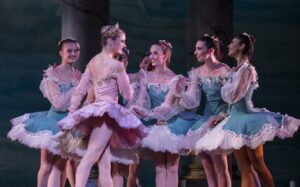
Bell Tutu– The bell style is short and curved down like a bell. To achieve that shape, costumers use pleated tulle tacked in a more relaxed form with no hoop.
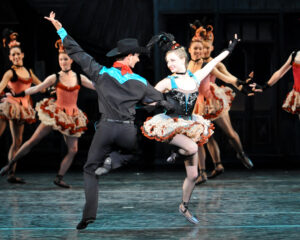
Powder Puff/American/Balanchine Tutu– With many names, this style has softer layers of pleated tulle loosely tacked together for more fullness. With a soft, full, relaxed form, this style doesn’t use a hoop.
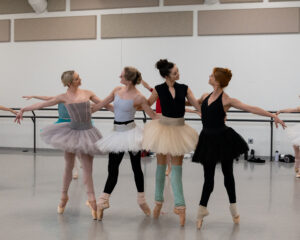
Rehearsal Tutu– Made of layered, pleated tulle, these tutus are made without adornment just for rehearsals. Studios often use pancake rehearsal tutus.
Photography: Rosalie O’Connor, Rich Sofranko, Aviana Adams, Michael Henninger, Duane Rieder
